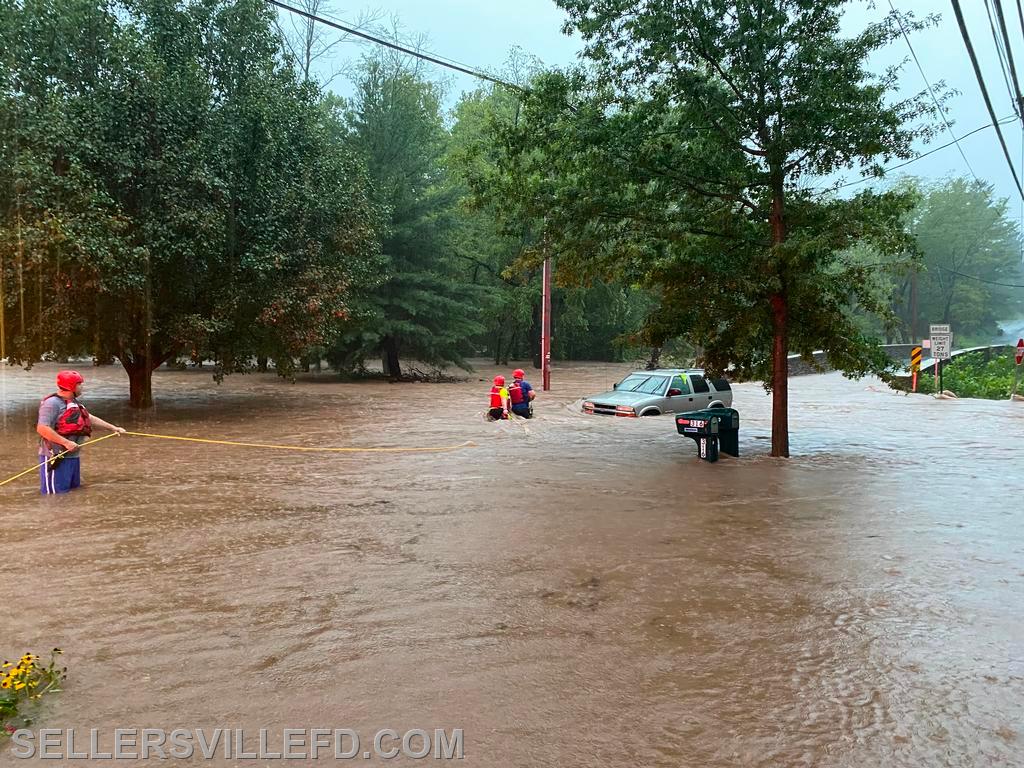
This creates a false sense of safety for residents outside the 100-year line and does not indicate that risk can vary dramatically within the 100-year floodplain as well. In the U.S., much communication about flood risk centers on the 100-year floodplain line. The claim rate is not statistically different inside and outside the 100-year floodplain.Severe property-level damage can occur from all types of flood events, not just storm surge. If we look at median household claims, however, those are spread much more widely geographically. The greatest share of paid claims through the NFIP up until 2012 were from Louisiana, followed by Texas and then Florida. Total paid claims over all the years are predictably greatest where there are lots of policies in force and where there have been big correlated loss events (hurricanes, for this program). There is substantial heterogeneity in flood claims around the country. Many other studies have found that disaster losses are increasing from multiple factors, not least of which is where and how we build. This is true even if we exclude the impact from Katrina. Claims are increasing through time but spread broadly through space.įlood claims have been increasing over the decades, in inflation-adjusted terms.Too much communication about the 100-year floodplain gives a false sense of security to those in other flood areas. For high-risk individuals, this will be much more expensive. On the other hand, some consumers feel that if they are going to pay for insurance, they want it to pay out no matter the level of damage. This is possible under the NFIP and would be much less expensive than choosing a low deductible. Some individuals may prefer a policy designed just for insuring catastrophic damage-that is, a policy with a very high deductible and a high coverage cap. The vast majority of residents in areas inundated by Superstorm Sandy were not insured against flooding. The challenge with this is that when a disaster does occur, homeowners are without financial protection.

Perhaps they are overly optimistic or assume, correctly, that the majority of the time, damages will not be extreme. For example, over all years, less than 1 percent of claims are at the NFIP coverage cap, but roughly 78 percent of those occurred in 2005.Ĭonsumers are often reluctant to insure against disaster risks. Not only was 2005 a bad year for the program due to the large number of simultaneous claims, but these claims were also much larger in magnitude. The claims paid out by the NFIP for Katrina were greater than the sum of all payments made by the program before 2005. For the program as whole, the worst year to date was 2005, in the aftermath of Hurricane Katrina. The distribution of flood claims is decidedly fat-tailed there are outlier claims and years that can be quite high. Half of all claims are for less than 10 percent of the building’s estimated value, but the 99 th percentile is total loss of the home. Of course, the size of a claim is determined somewhat by the value of the house. But the 99 th percentile is approaching $300,000.

Close to half of all single-family flood claims over all the years are less than $13,000 and around 75 percent are less than $40,000 (2012 price corrected for inflation). More than a quarter of claims are less than $5,000.


 0 kommentar(er)
0 kommentar(er)
